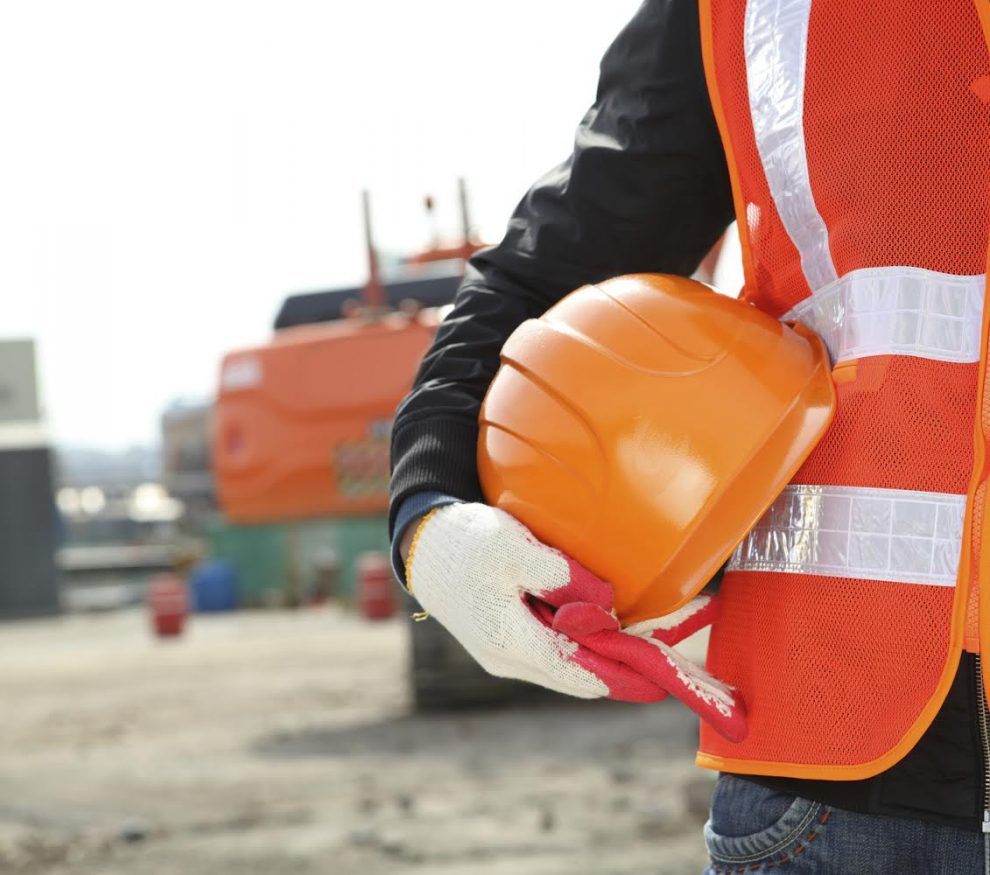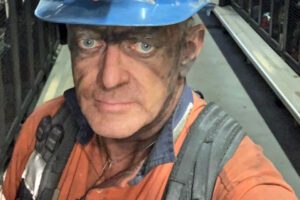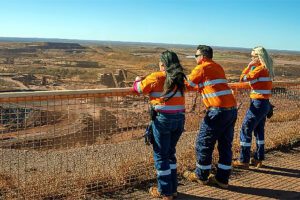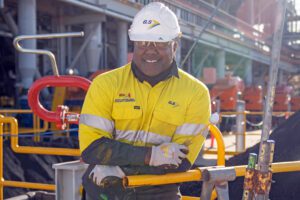Research into how companies seek to achieve safety objectives revealed that many may be failing because safety professionals are not engaged at a strategic level.
Back in 2015, the Safety Institute of Australia Body of Knowledge Co-ordinator Pam Pryor spent three years looking into the relationship between senior managers and safety professionals.
She initially found that safety professionals were not influential at a strategic level and this had the potential to impact on safety in the workplace.
Ms Pryor went on to research how this situation can be improved through a Masters by Research at University of Ballarat, now Federation University.
What she found was that those who were influential achieved that status because of their personal relationships with senior managers.
“A lot of it comes down to trust,” Ms Pryor said.
“If safety managers have credibility and have a shared understanding with their managers then they are more likely to be trusted to give advice at a strategic level.
“Unfortunately the reality is that this doesn’t happen often and safety professionals are confined to the technical implementation of safety strategy – rather than helping set the strategy in the first place.”
Through interviews with OHS professionals and senior managers Ms Pryor developed a model describing the factors contributing to such a trusting and so influential relationship.
Read more Mining Safety News














Mainly because safety professional are text book idiots. They usually think all operators are unprofessional that want to kill themselves.
It’s Interesting that it took a research project to find this out! Influencing strategic outcomes for organisations must be a key role of safety professionals. If they can’t positively influence management, they can’t achieve anything!
I found when I worked for Vale that the safety culture was very fake, i.e., the safety reps might cite you for not having your safety glasses on etc waiting for the cage but you would never run into them underground, they were never out and about and were never at active headings. If you brought a safety issue (something underground) to their attention they really had no clue what you were talking about and really were reluctant to get suited up and go look, they talk a good talk but you don’t run into those guys underground-they’re paper pushers, they fiddle with the accident stats trying to make it look like there were fewer injuries than there really are, and they’ll lecture you if they see you without your plastic glasses on but they’re out of touch, playing the game up on surface. I think in that sense, they certainly lacked influence and credibility really
Nothing new here
Taking a swipe at Pam Pryor is actually symptomatic of a deep malaise in the “safety” industry. Epistemology requires you to answer the question “How do you know what you know?” Without an evidence base, all you get is an opinion, and that is heavily coloured by the perceived experience of the talker. There is an emerging profession in safety, and certification will drive it harder as time goes along. And, for all those who call themselves “safety professionals”, pontificate and provide opinions on which companies are entitled to rely, may I remind you of some case law?
Hedley Byrne & Co. Ltd. v. Heller & Partners Ltd. [1963] UKHL 4; (1964) AC 465
Robinson v National Bank of Scotland, 1916 S.C. (H.L.) 154
Shaddock & Associates Pty Ltd v Parramatta City Council (No 1) [1981] HCA 59
Mutual Life & Citizens’ Assurance Co. Ltd. v. Evatt [1970] HCA 46
Be very careful, and make sure your advice is sound.